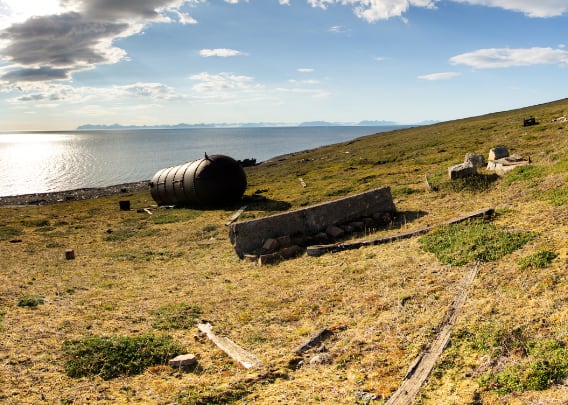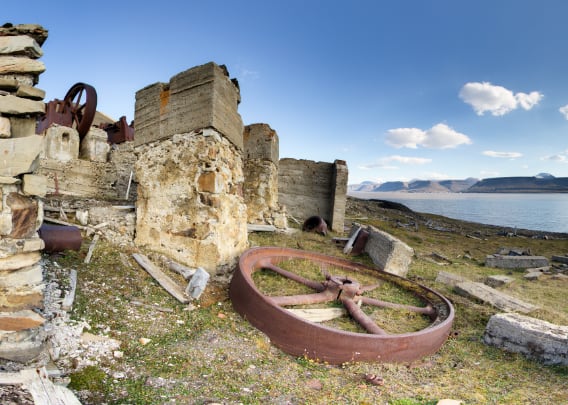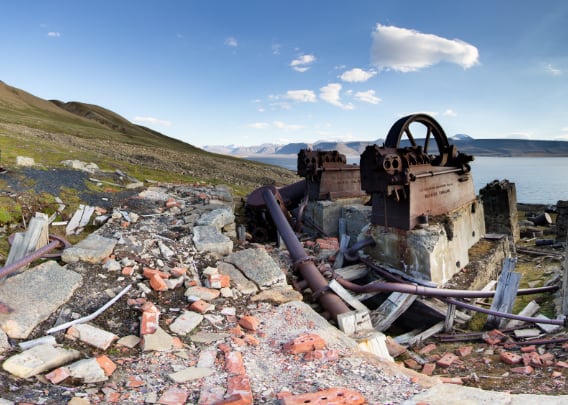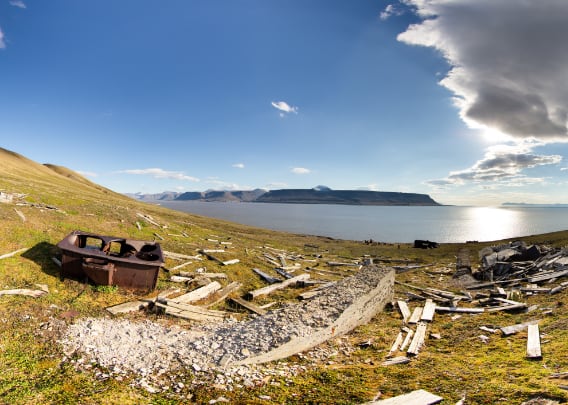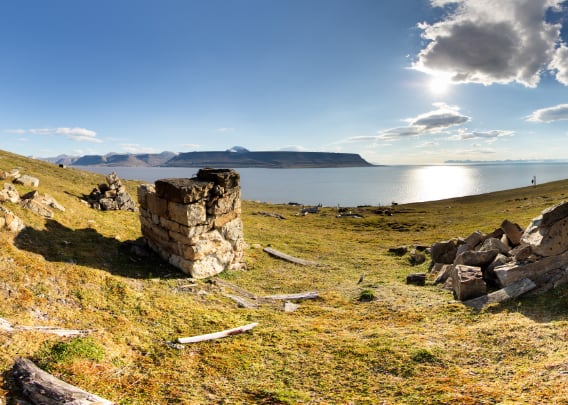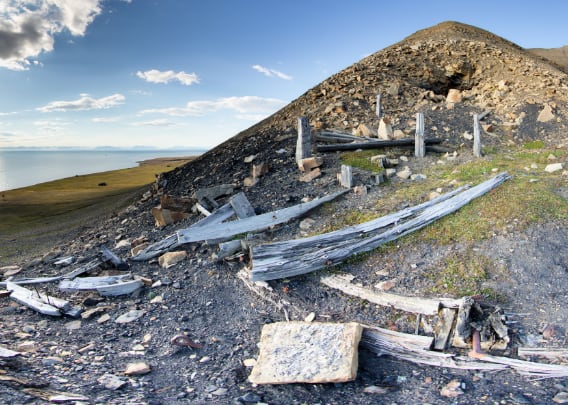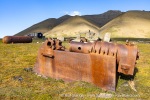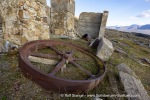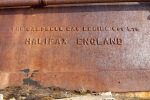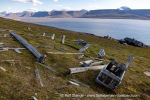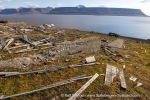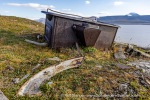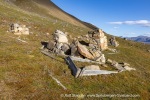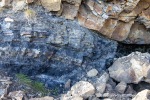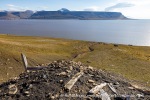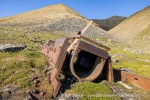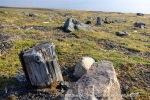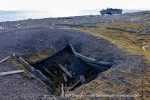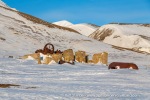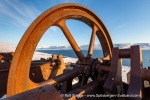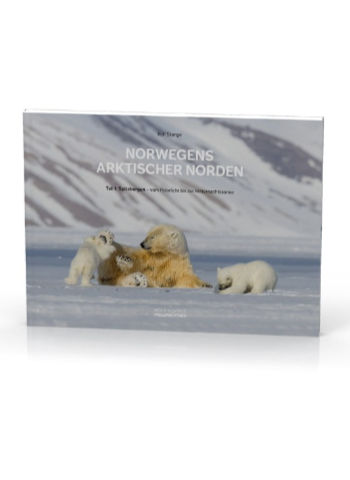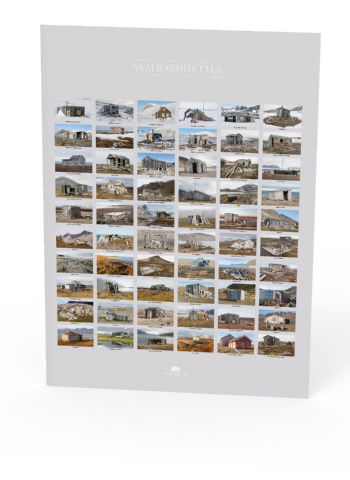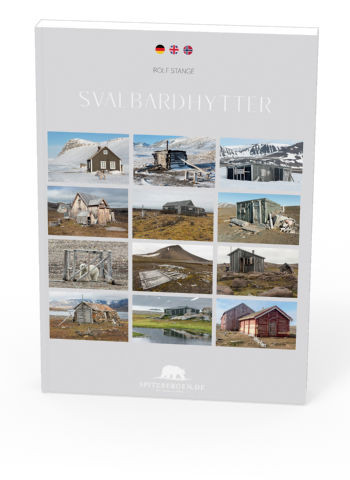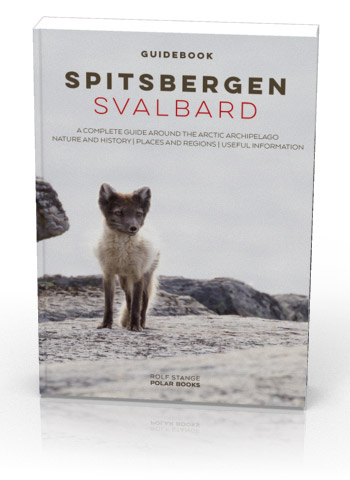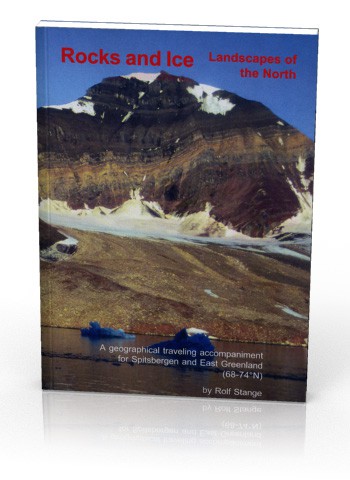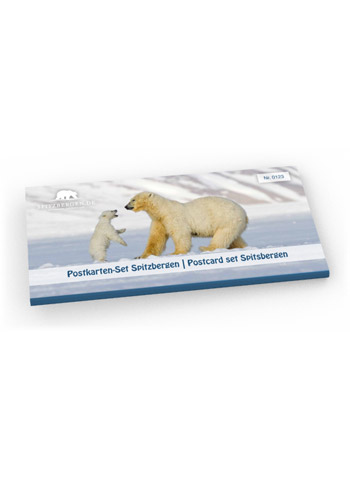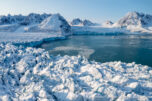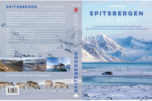-
current
recommendations- Liefdefjord
New page dedicated to one of Spitsbergen's most beautiful fjords. Background information and many photos.
- New Spitsbergen guidebook
The new edition of my Spitsbergen guidebook is out and available now!
- Liefdefjord
New page dedicated to one of Spitsbergen's most beautiful fjords. Background information and many photos.
Page Structure
-
Spitsbergen-News
- Select Month
- April 2025
- March 2025
- February 2025
- January 2025
- December 2024
- November 2024
- October 2024
- September 2024
- August 2024
- July 2024
- June 2024
- May 2024
- April 2024
- March 2024
- February 2024
- January 2024
- December 2023
- November 2023
- October 2023
- September 2023
- August 2023
- July 2023
- June 2023
- May 2023
- April 2023
- March 2023
- February 2023
- January 2023
- December 2022
- November 2022
- October 2022
- September 2022
- August 2022
- July 2022
- June 2022
- May 2022
- April 2022
- March 2022
- February 2022
- January 2022
- December 2021
- November 2021
- October 2021
- September 2021
- August 2021
- July 2021
- June 2021
- May 2021
- April 2021
- March 2021
- February 2021
- January 2021
- December 2020
- November 2020
- October 2020
- September 2020
- August 2020
- July 2020
- June 2020
- May 2020
- April 2020
- March 2020
- February 2020
- January 2020
- December 2019
- November 2019
- October 2019
- September 2019
- August 2019
- July 2019
- June 2019
- May 2019
- April 2019
- March 2019
- February 2019
- January 2019
- December 2018
- November 2018
- October 2018
- September 2018
- August 2018
- July 2018
- June 2018
- May 2018
- April 2018
- March 2018
- February 2018
- January 2018
- December 2017
- November 2017
- October 2017
- September 2017
- August 2017
- July 2017
- June 2017
- May 2017
- April 2017
- March 2017
- February 2017
- January 2017
- December 2016
- November 2016
- October 2016
- September 2016
- August 2016
- July 2016
- June 2016
- May 2016
- April 2016
- March 2016
- February 2016
- January 2016
- December 2015
- November 2015
- October 2015
- September 2015
- August 2015
- July 2015
- June 2015
- May 2015
- April 2015
- March 2015
- February 2015
- January 2015
- December 2014
- November 2014
- October 2014
- September 2014
- August 2014
- July 2014
- June 2014
- May 2014
- April 2014
- March 2014
- February 2014
- January 2014
- December 2013
- November 2013
- October 2013
- September 2013
- August 2013
- July 2013
- June 2013
- May 2013
- April 2013
- March 2013
- February 2013
- January 2013
- December 2012
- November 2012
- October 2012
- September 2012
- August 2012
- July 2012
- June 2012
- May 2012
- April 2012
- March 2012
- February 2012
- January 2012
- December 2011
- November 2011
- October 2011
- September 2011
- August 2011
- May 2011
- April 2011
- March 2011
- February 2011
- January 2011
- December 2010
- November 2010
- September 2010
- August 2010
- July 2010
- June 2010
- May 2010
- April 2010
- March 2010
- February 2010
- November 2009
- October 2009
- August 2009
- July 2009
- June 2009
- May 2009
- April 2009
- March 2009
- February 2009
- January 2009
- December 2008
- November 2008
- October 2008
- August 2008
- July 2008
- June 2008
- May 2008
- April 2008
- March 2008
- February 2008
- April 2000
- Select Month
-
weather information

| Guidebook: Spitsbergen-Svalbard |
Advent City
Early coal mining in Spitsbergen
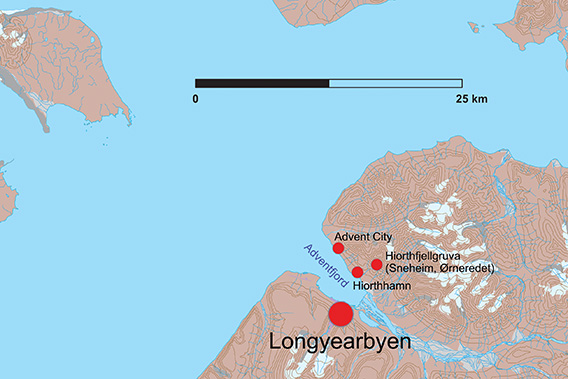
Advent City is on the north side of Adventfjord, opposite Longyearbyen airport.
Advent City, on the north side of Adventfjord opposite the airport, was a small early coal mining settlement that was in operation from 1904 to 1908.
The first panoramic view is from April 2013, giving an impression from the light part of the winter. All other panoramic photos are from July 2017.
- pano anchor link: #Advent-City_13April13_22
There is not much left of Advent City today. You can see where some buildings once stood. There are still remains of old machines close to the shore and the wreck of a small ship lies on the beach. The entrance to the actual mine can still be seen on the slope in an altitude of about 120 metres.
A few years after Advent City was abandoned, the buildings were moved to Hiorthhamn, about 2.5 kilometres inland from the fjord, where they continued to be used.
- pano anchor link: #200727_Advent-City_001
It is difficult to say exactly can be seen here. A steam boiler, some kind of machinery, and some kind of small railway from the mine to the shore.
- pano anchor link: #200727_Advent-City_020
This kind of ‘railway’ is referred to as ‘bremseban’ in Norwegian, which translates as a ‘braking railway’. If anyone knows a better translation, I’d love to hear it. It was probably a kind of summer toboggan run on rails.
- pano anchor link: #200727_Advent-City_039
In the winter of 1905-06, work was carried out in the mine all year round for the first time, but on a rather modest scale. The following winter (1906-07), there were as many as 70 people in Advent City.
- pano anchor link: #200727_Advent-City_058
Here – the location where the following images were shot – we are in the central area, halfway between the shore and the mine. This is where the miners had their accommodation.
The human factor, along with the poor quality of the coal (see below), was one of the main reasons for the failure of Advent City (and probably also the Hiorthhamn mine): There were considerable difficulties between the English manager of Spitsbergen Coal & Trading Co, Ltd and the Norwegian workers.
- pano anchor link: #200727_Advent-City_096
The Englishman Muscamp had previously been an officer in the Boer War in South Africa and probably thought he could adopt a similar tone in his dealings with the workers. Obviously completely different cultures clashed here, British capitalism on the one hand and Norwegian workers with a more socialist attitude on the other. It is harly exaggerated to describe the atmosphere that sometimes prevailed as bad, to put it mildly, and strikes and a lot of troubles were the result, which also had an impact on the mine’s profitability.
Here we can probably see the foundations on which buildings stood. Due to wind, snow drift and cold, it was advantageous not to place them directly on the ground.
- pano anchor link: #200727_Advent-City_115
As mentioned, another problem was the poor quality of the coal, which dates back to the lower Cretaceous period and is therefore older than the Tertiary (Palaeogene) coal, which was mined in Hiorthhamn and Longyearbyen.
- pano anchor link: #200727_Advent-City_134
The coal seam at Advent City was of rather poor quality: a layer of sandstone runs through the middle of the coal seam, which is naturally unfavourable in terms of quality. You can see the sandstone in the photo and in the panorama.
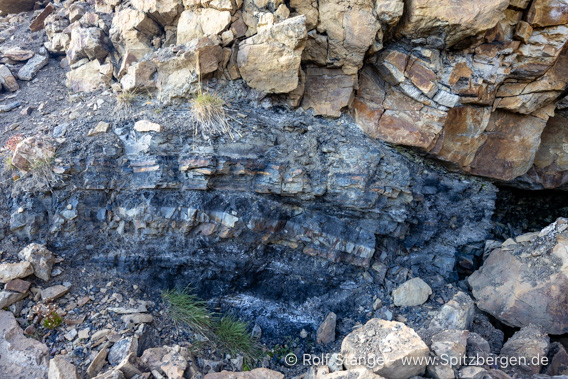
The coal seam at the entrance to the Advent City mine is of Lower Cretaceous age.
The occurence was not profitable because of poor quality.
- pano anchor link: #200727_Advent-City_156
In the winter of 1907-08, there were between 30 and 40 people in Advent City. The following summer was the last operating season of the mine. The following winter, two trappers hired as guards were still on site, but they did not get their agreed wages after the winter. As compensation, they loaded everything they could onto two ships and auctioned off the cargo in Tromsø.
That was the end of Advent City. Fredrik Hiorth from Kristiania (Oslo) took over the rights in 1912, and he soon began investigations on site, which led to the start of mining in Hiorthhamn in 1917. That’s where the story continues.
Photo gallery Advent City
And last but not least, a collection of photos with various impressions of Advent City from fjord to fjell, from shore to mine, from winter to summer. Compiled during several visits from 2013 to 2020.
- gallery anchor link: #gallery_3456
Click on thumbnail to open an enlarged version of the specific photo.
BOOKS, CALENDAR, POSTCARDS AND MORE
This and other publishing products of the Spitsbergen publishing house in the Spitsbergen-Shop.
last modification: 2024-12-18 ·
copyright: Rolf Stange

